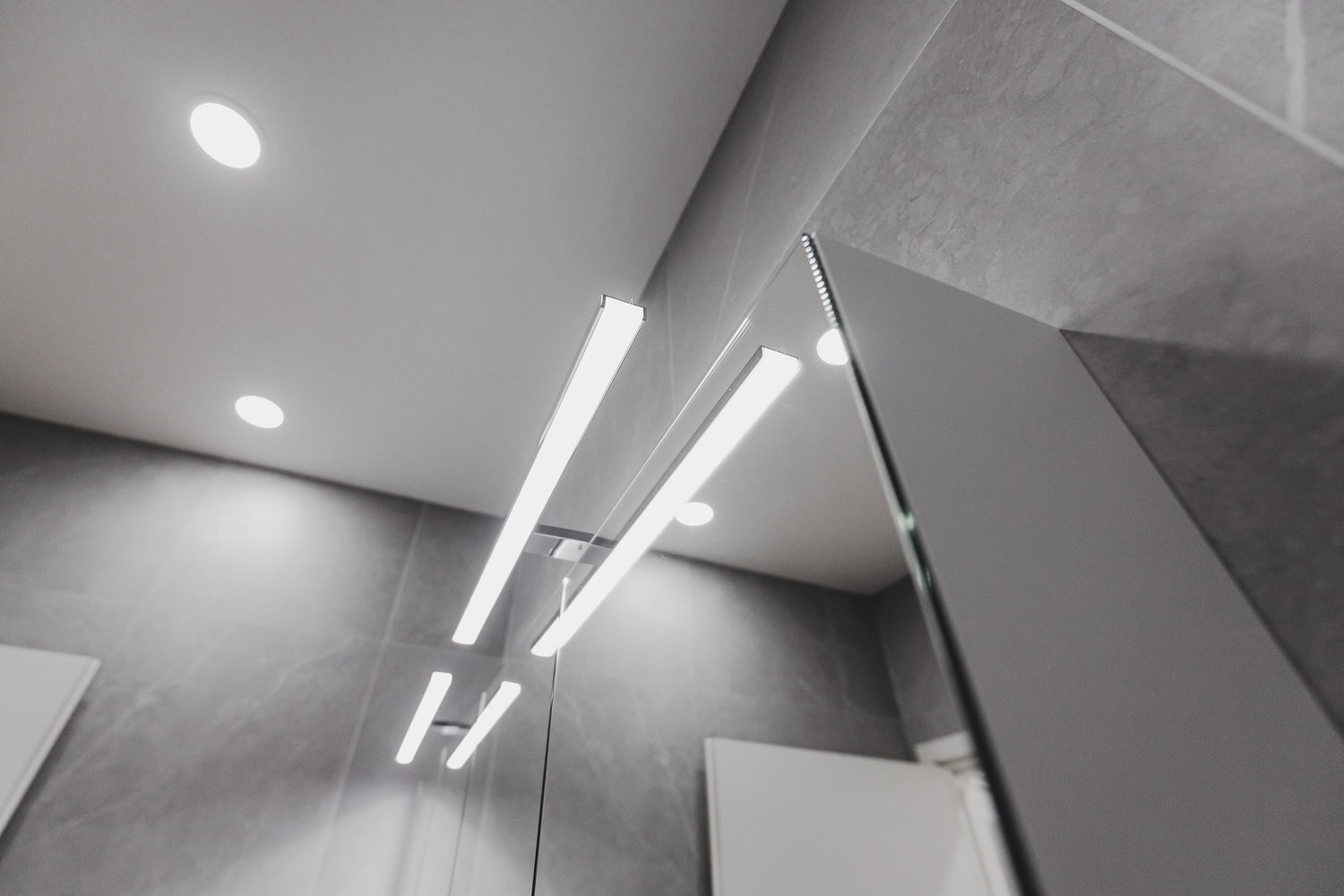
LIGHTING MEASUREMENT SERVICE
If we had no light, there would be no life. Light is a source of energy and has an essential effect on health. Finland has a long dark season, so it is important that homes, workplaces and public spaces are equipped with proper and healthy lighting.
Healthy light can also be provided by artificial light, which Finns have to rely on for most of the year. Healthy lighting means, among other things, that the room in which you are is lit with sufficient, adjustable, even and glare-free light. Light sources must also be of high quality: with a suitable colour rendering index (CRI) and a pleasant colour tone, with the minimum possible flicker and a light source with a good efficiency.
Particular attention should be paid to the positioning of light sources and the light output of luminaires. The light source must not be directly in the field of vision. Reflections from surfaces such as screens, TVs and worktops must be eliminated. All reflective surfaces between the object of gaze and the viewer should also be eliminated.
Contrasts, illuminance, colours and reflectance of surfaces are key factors in the perception of spaces. In interior lighting, one of the most important characteristics is the colour rendering properties of light sources. High quality colour rendering reproduces colours correctly and this increases the availability of information about the environment. Light and colour affect people's mood and thus their performance.
The right light direction and placement can take harmful shadows away from the main viewing area. On the other hand, light direction and shadow formation are important factors in identifying the shape of the object of interest. They also help to create depth and a sense of space.
Lighting has a big impact, especially on work. For example, it affects worker productivity, safety and general well-being. Studies have shown that in demanding visual tasks, productivity increases have been achieved by increasing the illuminance (lumen) above the baseline level, and that errors have been reduced by increasing the level of alertness. Different spaces and their uses have different lighting requirements. Non-working spaces generally require around 50-200lx, while precision spaces require around 800-2000lx
Efficient work is only possible if the ergonomics of the workstation are right. It is advisable to control the lighting at the workstation, for example by means of various presence detectors or a workstation-specific light switch. These help to save energy when the person is away and provide individual lighting. An employee may be away from his or her workstation for long periods of time during meetings, so that presence detection does not unnecessarily illuminate the room. With individual control, employees can adjust the lighting to their own preferences.
KVS Oy has provided its customers with state-of-the-art measuring equipment. This equipment allows us to measure CCT, LUX, CRI, CIE1976, CIE1931, PPFD & PFD, CQS, Duv, LambdaP, S/P ratio, TLCI, GAI, BLH, Flicker, HCL and nearly 40 other measurements of a luminaire or space.
Lighting measurements are taken to make sure there is enough light.
The lumen value (lm) tells you how much light a lamp produces in its surroundings. The higher the lumen value, the brighter the lamp.
Lux (lx) Indicates luminous intensity
How much luminous flux hits a surface of a given size
Kelvin (k) tells you what colour white light is
1700K-3500K Warm white (dark/yellowish white)
4000K-4500K Natural white (pure white)
5000K-6000K Daylight (bluish white)
For offices, more than 4000K is recommended
CRI The colour rendering index shows how cleanly light is produced. Sunlight is 100%
For office use, the CRI should be above 85Ra
UGR Bullying indicates the number of bullying incidents from different angles. The lighting standard defines certain values for spaces which must not be exceeded. These values are based on recommendations for indoor lighting in accordance with European standard EN 12464-1.
For office premises, the URG should be 19 UGR
Lighting quality has a significant impact on worker productivity and well-being
The light should be clear to do the job, but not blinding. The UGR value is essential in the implementation of lighting in corporate offices.
Here are a few tips:
BLH= BLUE LIGHT HAZARD
Radiation percentage of blue light
Radiant power ratio of blue light wavelength (401 nm - 500 nm) in LED. BLH can be applied to museum lighting, for example, avoiding damage to antiques caused by blue light.
In addition, users can understand the risk level of blue light around them, display high-energy visible light effectively and protect them from potential hazards. This is recommended for lighting manufacturers, LCD and OLED display panels, opticians and ophthalmologists, among others.
HCL= HUMAN CENTRIC LIGHTING
Biologically active light
Helps create a more comfortable and healthier lighting environment.
Our eyes perceive light and colour. The retina of the eye absorbs light and converts it into a nerve signal that transmits signals to our brain for visual imaging and physiological function.
Melanopsin is responsible for non-visual activities such as the body clock, the release of melatonin and others. Melatonin is also known as the sleep hormone, which manages the biological rhythm of the human body. During the day it is produced in smaller amounts to keep people awake, otherwise you will feel tired and drowsy. As a result, the intensity of light and the different CCTs, or colours of white light, easily affect circadian rhythms, hormone secretion and external behaviour.
This is the main reason why light therapy can mediate depression and sleep problems.
LUX IMAGE DISTRIBUTION
LUX light distribution
The instrumentation can be used to measure the light distribution of a space or product on a spatial basis. In this way, we can easily verify whether the premises have the required amount of light.
The measurement is also interesting to implement various lighting updates before and after. It also makes it easier to carry out various verifications and, consequently, to draw up tenders when users know the baseline.


